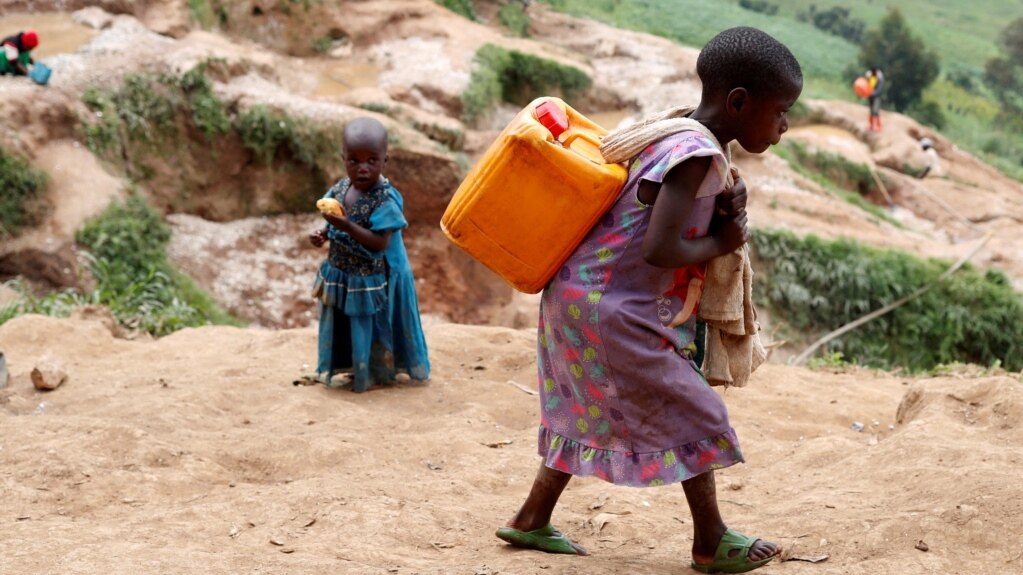Half of the world’s 75 poorest countries are getting poorer compared to the richest economies.
That finding comes from the World Bank. The development agency based in Washington, D.C., recently released a report on the least developed nations. It said that the difference in income growth per person in the poorest countries and the richest has widened over the past five years. It is the first time the difference has increased since the beginning of the 2000s.
Ayhan Kose is Deputy Chief Economist of the World Bank and one of the writers of the report. He told Reuters, “For the first time, we see there is no convergence. They're getting poorer.”
He said the report writers saw “a very serious structural regression.” Kose said that is why the report is bringing attention to it.
The writers studied the 75 countries that can receive financial aid and zero-interest loans from the World Bank’s International Development Association (IDA). The report said the nations risk losing 10 years of development without changes in policy and a lot of international aid.
Kose said growth in many IDA countries had already begun to slow before the COVID-19 pandemic. But it was just 3.4 percent in 2020-2024. That is the weakest five years of growth since the early 1990s.
The report blamed Russia’s invasion of Ukraine, climate change, and increases in violence and conflict as the main influences on the countries’ development.
More than half of all IDA countries are in Sub-Saharan Africa, or Africa south of the Sahara Desert. Fourteen are in the Asia Pacific area and eight are in Latin America and the Caribbean area. Thirty-one have per person incomes of less than $1,315 a year. Those countries include the Democratic Republic of Congo, Afghanistan, and Haiti.
One in three IDA countries is poorer now than they were at the beginning of the pandemic. IDA countries make up 92 percent of the world’s people who lack enough affordable, nutritious food.
Additionally, half of the countries are in debt distress. That means they are either unable to pay their debt or are at high risk of failing to make payments.
These countries have some resources. Many are rich in natural resources and have the possibility of solar energy. They also have young populations at a time when populations are aging in developed countries. However, private and government creditors have been less willing to loan these countries money.
U.S. Treasury Undersecretary Jay Shambaugh discussed the situation recently. He warned that China and other emerging official creditors are gaining by reducing loans to low-income countries as the International Monetary Fund and development banks are making money available.
He said that almost 40 countries saw more money leaving the country to pay debt than coming in as new loans in 2022. And he said that situation likely increased in 2023.
Kose called for ambitious policies to increase investment. He urged countries to make policy improvements to strengthen their financial systems. He also added that countries should make structural changes to improve education and increase income.
Kose also called for financial support from the world community to lower the risk of limited economic growth. He noted that the World Bank hoped rich countries will increase financial support for the IDA by December.
The report added that stronger international efforts on climate change, debt restructuring, and measures supporting international trade remained important.
Indermit Gill is Chief Economist of the World Bank. He noted that China, India, and South Korea had once been among the world’s poorest countries. He said they were able to deal with poverty and raise living standards. Those countries are now among the world’s strongest economies.
He said, “The world cannot afford to turn its back on IDA countries.”
I’m Gena Bennett.
And I'm Gregory Stachel.

